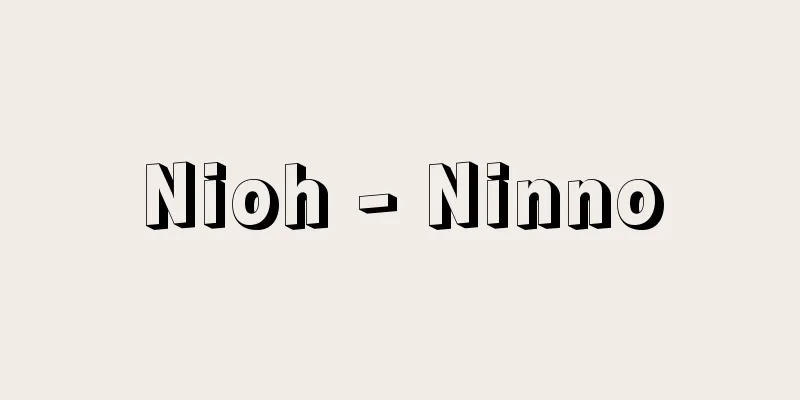Human spirit - Hitodama

|
Also called fireballs, they are the spirits of the dead. They are said to appear when a person dies, and when they appear at night, they emit a blue light and fly through the air. If you see one that has fallen to the ground, it is said to be like konnyaku. It is said that if a hitodama crosses a river, the person will revive and can live for about three more years. In the former Ono District of Oita Prefecture (currently Bungo Ono City, etc.), a bird called "Nue" is called "Hitodama" because when it sings, it means that the person will die. In the Ogawara area of the Shimokita Peninsula in Aomori Prefecture, hitodama that come to the homes of relatives and acquaintances before or at the same time as a person dies are called "tamashi" or "tamanko". Some people can see "tamashi" while others cannot. It is also said that the hitodama of a person who has died before will come to welcome a sick person. It is said that the hitodama of an elderly person who is sick and weak is weak, while the hitodama of a young person who died in an accident is strong. The practice of calling upon the soul of a person at the end of their life is based on this belief in the soul. In the Utano district of Uda city, Nara prefecture, a ritual called "Tamayobi" is performed to wake the terminally ill and give them water, and when they die, their clothes are thrown onto the roof. [Oto Tokihiko] Source: Shogakukan Encyclopedia Nipponica About Encyclopedia Nipponica Information | Legend |
|
火の玉ともいい、死者の霊をいう。人が死ぬときに人魂が出るといい、夜分に出ると青色の光を発して空中を飛ぶという。地上に落ちたものを見ると「こんにゃく」のようなものという。人魂が川を越すと本人はよみがえり、あと3年ぐらい生存できるともいう。大分県旧大野郡(現、豊後大野(ぶんごおおの)市など)では、「ぬえ」という鳥が鳴くと人が死ぬのでこの鳥を「ヒトダマ」とよんでいる。青森県下北(しもきた)半島の小川原(おがわら)地区では、人の死ぬ前か死と同時に肉親や知人のところへくる人魂を、「タマシ」または「タマンコ」という。「タマシ」は人によって見える人と見えない人とがある。また前に死んだ人の人魂が、病人を迎えにくることもあるという。病み衰えた老人の人魂は弱々しく、若い者の事故で死んだときなどの人魂は勢いがよいという。人の末期(まつご)に際して魂(たま)呼びということをするのも、この人魂信仰に基づいている。奈良県宇陀(うだ)市菟田野(うたの)区では「タマヨビ」と称して末期の病人を起こして水を与え、死ぬと死者の着物を屋根の上にほうり上げるという。 [大藤時彦] 出典 小学館 日本大百科全書(ニッポニカ)日本大百科全書(ニッポニカ)について 情報 | 凡例 |
Recommend
Honfleur (English spelling)
A port town in the Calvados department in northwes...
"Multiple Loads" - Osewaron
...His debut work, "Geisha Yobukodori,"...
Bentonite - Bentonite (English spelling)
A type of clay found in the Bentonite region of W...
Cutlet - Cutlet
…A type of meat dish, a corrupted form of the Eng...
Practice stories - Keikodan
A work by Kaiho Seiryo, an economist of the late ...
Tap bill
…From 1953 to 1961, the so-called bills only poli...
Schiele - Egon Schiele
Austrian painter and draftsman. Born in Tulln on ...
Gilmore, L.
…Born in Los Angeles, USA. His father was poet Yo...
UR - Ur
《 Urban Renaissance Agency 》Abbreviation for "...
Katsuragawa Hoken
1797-1845 * A doctor in the late Edo period. Born...
reciprocity law
…The reciprocity law is also known as the recipro...
District Planning - Chikukeikaku
A plan to create a comfortable living environment ...
Base dissociation constant
... K a is the acid dissociation constant, and p ...
Rudorff, O. (English spelling) RudorffO
… The enactment of the Court Structure Act began ...
Indian Independence League
…An organization that cooperated with the Japanes...
![Urakawa [town] - Urakawa](/upload/images/67cb00c26af1d.webp)








